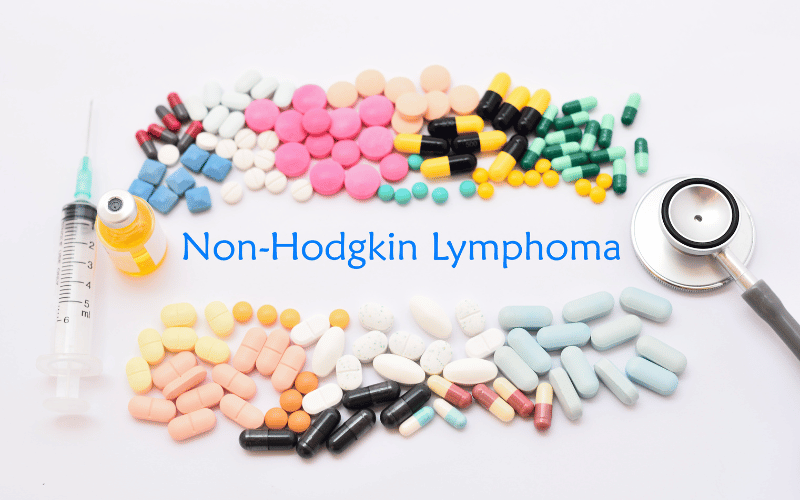Introduction: A Closer Look at Non-Hodgkin’s Lymphoma Stages

Non-Hodgkin’s lymphoma, a term often spoken with concern, encompasses a group of cancers that initiate within the white blood cells of the lymphatic system. But while the general term is known, the specifics of its stages often remain in the shadows for many. Every stage has its unique character, and understanding them is vital, not just from a medical viewpoint but also from a human perspective.
Diving into the depths of non-Hodgkin’s lymphoma means unveiling a labyrinth of progression markers, each indicative of a different phase of the disease. These markers, often referred to as ‘stages’, hold the key to comprehending how advanced the lymphoma is. Each stage is more than a mere number; it’s a snapshot of the journey that the patient is navigating.
Yet, beyond the medical jargon and classifications, there’s a narrative. A story of cells, body responses, and systemic effects. And that’s what we’re about to embark on. A narrative-driven exploration of the four stages of non-Hodgkin’s lymphoma, providing a lens to view this complex disease through clearer optics.
As we journey through each stage, expect a medley of details, facts, and intricate understandings. Our goal is to shed light on a subject that’s often shrouded in medical complexity, breaking it down into digestible, engaging, and insightful segments.
Stage 1. The Lone Node: Localized Onset of Non-Hodgkin’s Lymphoma

At this early stage, non-Hodgkin’s lymphoma is somewhat of a recluse. It restricts itself to a single lymph node region or a non-lymphatic site. It’s similar to a storm that’s brewing but hasn’t fully manifested its power.
This stage might appear deceptively mild. But even though the lymphoma is localized, the body starts showcasing subtle changes. Swelling may appear in a single lymph node area, often mistaken for other minor infections.
As we peer beneath the surface, cellular abnormalities start making their debut. The lymphatic system, a network of organs, nodes, and vessels, sees the malignancy in its initial avatar, awaiting the next turn in the story.
For patients, Stage 1 often represents a whirlwind of emotions. Discovery at this juncture can lead to better management, although the journey is only beginning. As science has shown, early-stage lymphomas can have a diverse range of outcomes. (1)